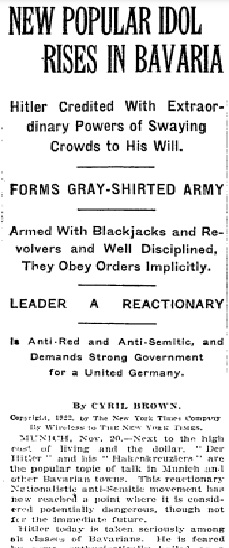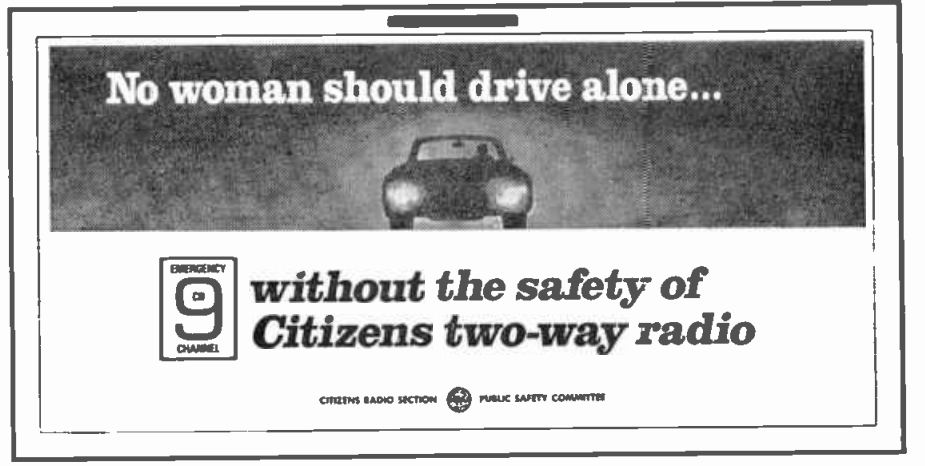 Our younger readers might find this hard to believe, but there was a time when you didn’t have a phone with you while driving. If you were in your car, you were cut off from the rest of the world. Nobody could call you, and you couldn’t call anyone else. As alien as the concept might seem, you might need to wait to talk to someone!
Our younger readers might find this hard to believe, but there was a time when you didn’t have a phone with you while driving. If you were in your car, you were cut off from the rest of the world. Nobody could call you, and you couldn’t call anyone else. As alien as the concept might seem, you might need to wait to talk to someone!
Believe it or not, being incommunicado in this way has its advantages. It gives you the opportunity to relax, without being bothered by someone else’s trifling concerns. Of course, on rare occasions, there are legitimate emergencies. If you car broke down, you would either have to hike to the closest payphone, or wait until a good Samaritan stops to help. Believe it or not, good Samaritans were more common then, because they realized you didn’t have a phone. Today, when people see a stranded motorist, they assume (usually, but not always, correctly) that the person has a phone. But back in the day, when you saw someone by the side of the road in trouble, you knew that unless someone stopped, they wouldn’t get any help. Armed with that information, it wasn’t uncommon to be the someone, and stop to help.
Of course, most good Samaritans are good, but there are also bad people who might take advantage of someone, especially a woman, helplessly stranded by the road. Therefore, having some mechanism to communicate, especially if you were a woman, wasn’t a bad idea. The billboard above highlights this fact, and it was seen on American highways fifty years ago, as shown here in the April 1973 issue of Popular Electronics.
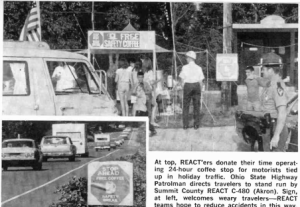 The magazine highlighted the efforts of REACT and other CB clubs and organizations to provide someone to respond to such emergencies. Since 1970, channel 9 had been designated as a channel for emergencies and motorist assistance. In most areas of the country, REACT and other groups did an admirable job of monitoring channel 9, and the magazine provided a summary of those efforts, and pointers on using your CB in case of emergency. It noted that in addition to routine monitoring of channel 9, many groups assisted with civil defense and emergency communications. It encouraged CB’ers to monitor channel 9 whenever possible as a backup, but it did encourage waiting for organized groups to help before jumping in, since this encouraged people to join the organized groups. One popular activity by such groups was providing coffee to motorists on holiday weekends, as shown here.
The magazine highlighted the efforts of REACT and other CB clubs and organizations to provide someone to respond to such emergencies. Since 1970, channel 9 had been designated as a channel for emergencies and motorist assistance. In most areas of the country, REACT and other groups did an admirable job of monitoring channel 9, and the magazine provided a summary of those efforts, and pointers on using your CB in case of emergency. It noted that in addition to routine monitoring of channel 9, many groups assisted with civil defense and emergency communications. It encouraged CB’ers to monitor channel 9 whenever possible as a backup, but it did encourage waiting for organized groups to help before jumping in, since this encouraged people to join the organized groups. One popular activity by such groups was providing coffee to motorists on holiday weekends, as shown here.
The billboard shown above was provided by the Electronic Industries Association as a public service. The magazine provided details on how local CB clubs could contact outdoor advertisers to obtain the materials for the sign.

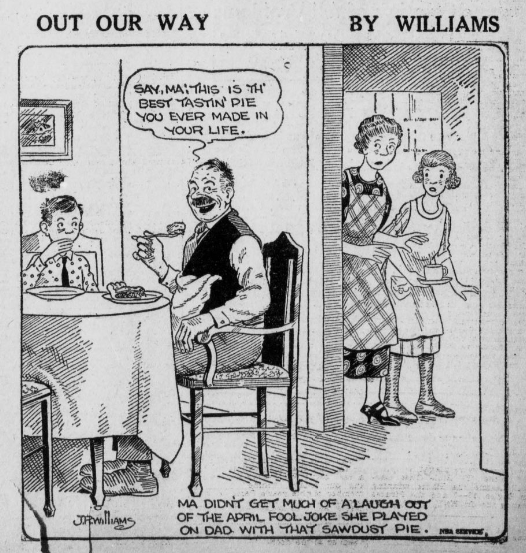
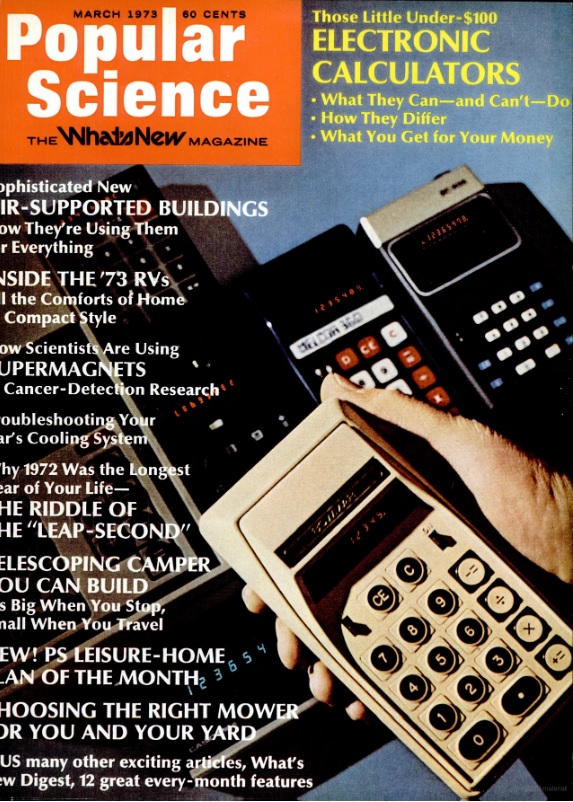
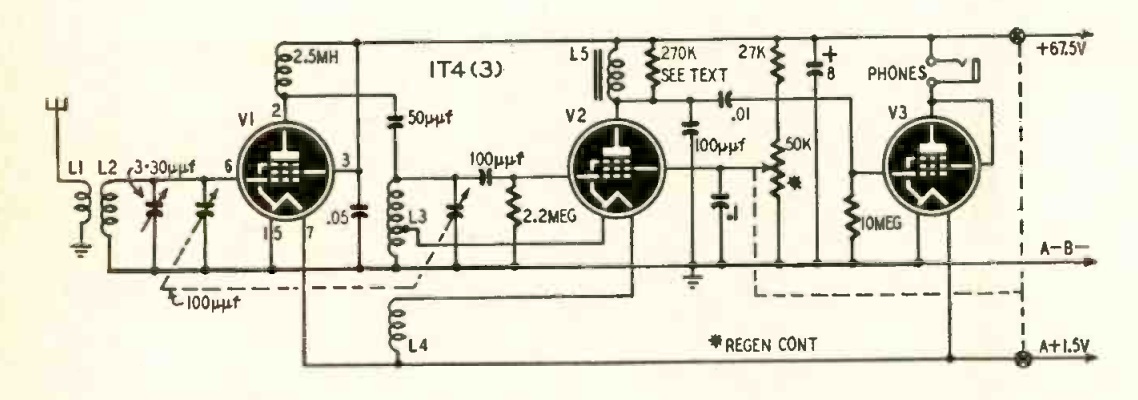
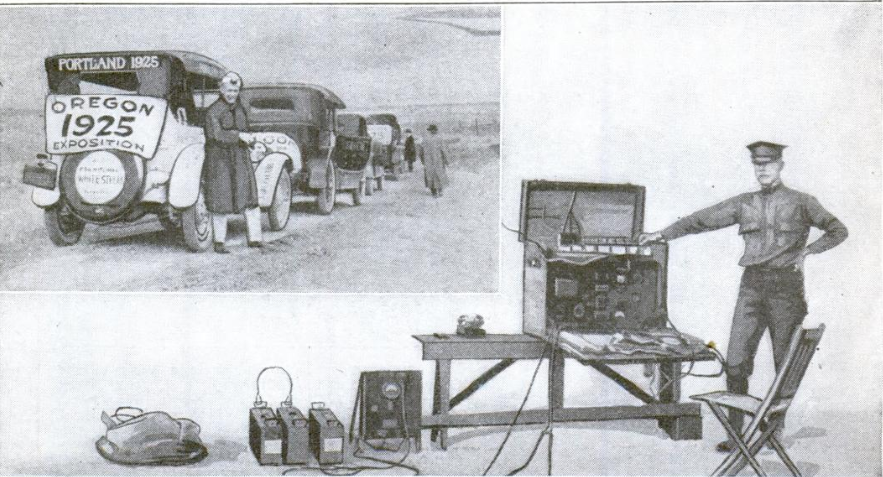
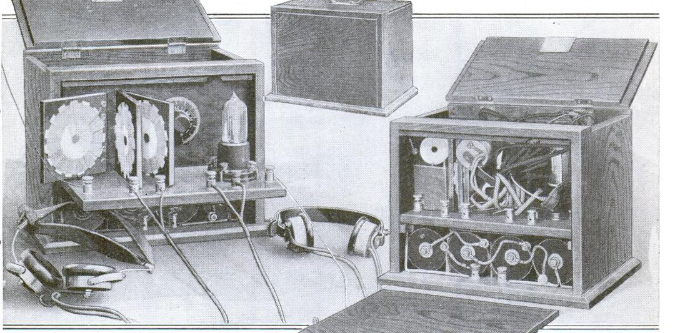
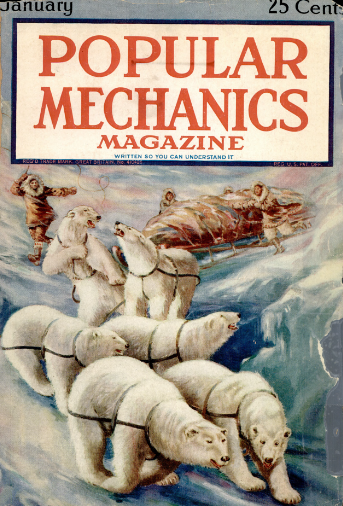
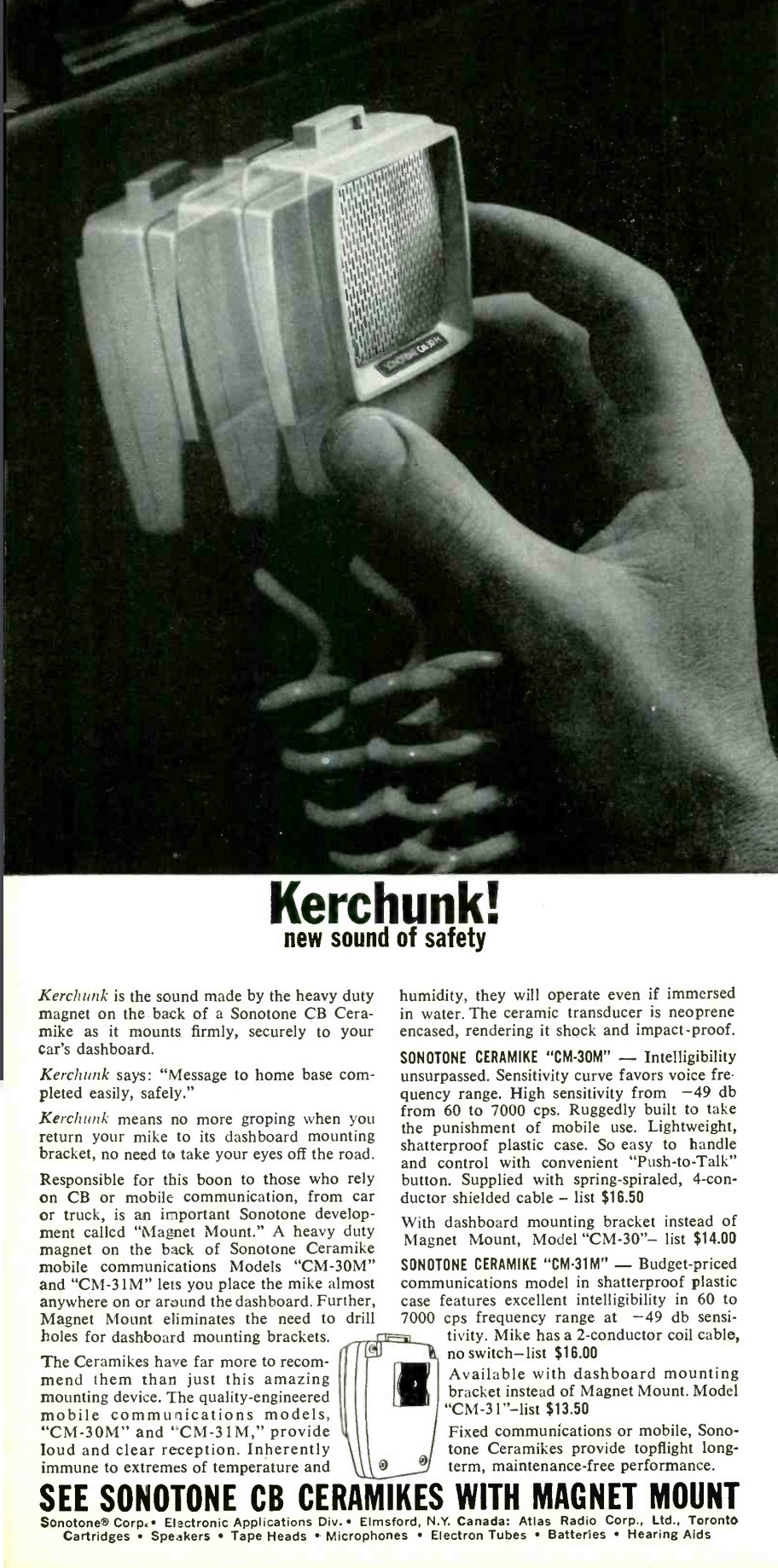
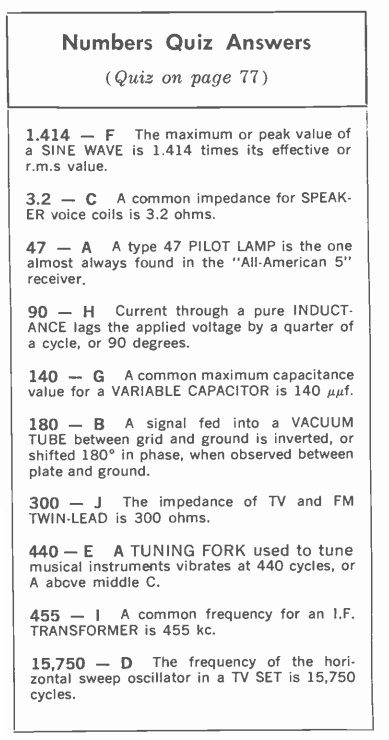

 about his experiences living in Kyiv, Ukraine, in the middle of a war. Wlad, like me, is an attorney, and lived a middle-class existence similar to mine, until Russia invaded eastern Ukraine in 2014. He and his family then relocated to Kyiv, but with Russia’s 2022 invasion, he was once again in the middle of the war. His wife and teen son and daughter evacuated to Poland, where they were able to find an apartment, thanks in part to the generosity of friends in America and elsewhere.
about his experiences living in Kyiv, Ukraine, in the middle of a war. Wlad, like me, is an attorney, and lived a middle-class existence similar to mine, until Russia invaded eastern Ukraine in 2014. He and his family then relocated to Kyiv, but with Russia’s 2022 invasion, he was once again in the middle of the war. His wife and teen son and daughter evacuated to Poland, where they were able to find an apartment, thanks in part to the generosity of friends in America and elsewhere.